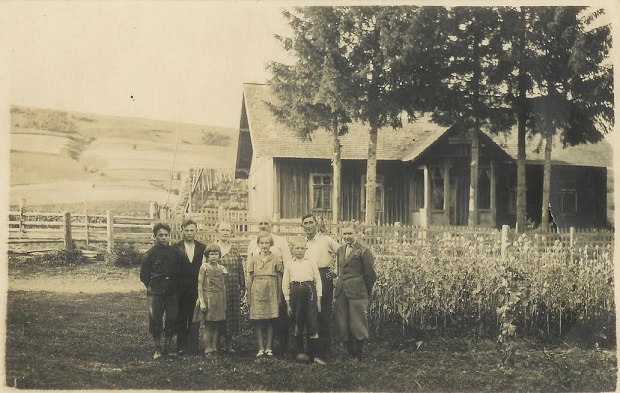On Makhno's Wife Halyna Kuzmenko

Nestor Makhno (1888-1934) was a Ukrainian anarcho-communist revolutionary and the commander of an independent anarchist army in Ukraine during the Russian Civil War of 1917-1922. Nestor Makhno's last wife was a teacher from Huliaypole, Halyna Kuzmenko. They were married in 1919. Together they crossed the Romanian border, escaping the Bolsheviks. They divorced in the 1920s. During WWII, after the Germans occupied Paris, Halyna and her daughter went to Germany, where in 1945 they were arrested by the NKVD. Halyna received a sentence of 10 years in the work camps. She was imprisoned in Mordovia, in Dubrovlag. In my great aunt’s memoirs she writes about her time in a camp in Mordovia, and comments on her encounter with Halyna Kuzmenko: "They brought arrested women from all over. Often among them would be interesting people: to our camp, we were told, came the wife of Nestor Makhno, who had been arrested in Berlin. She was an old, tiny, gray-haired woman who wore glas...















